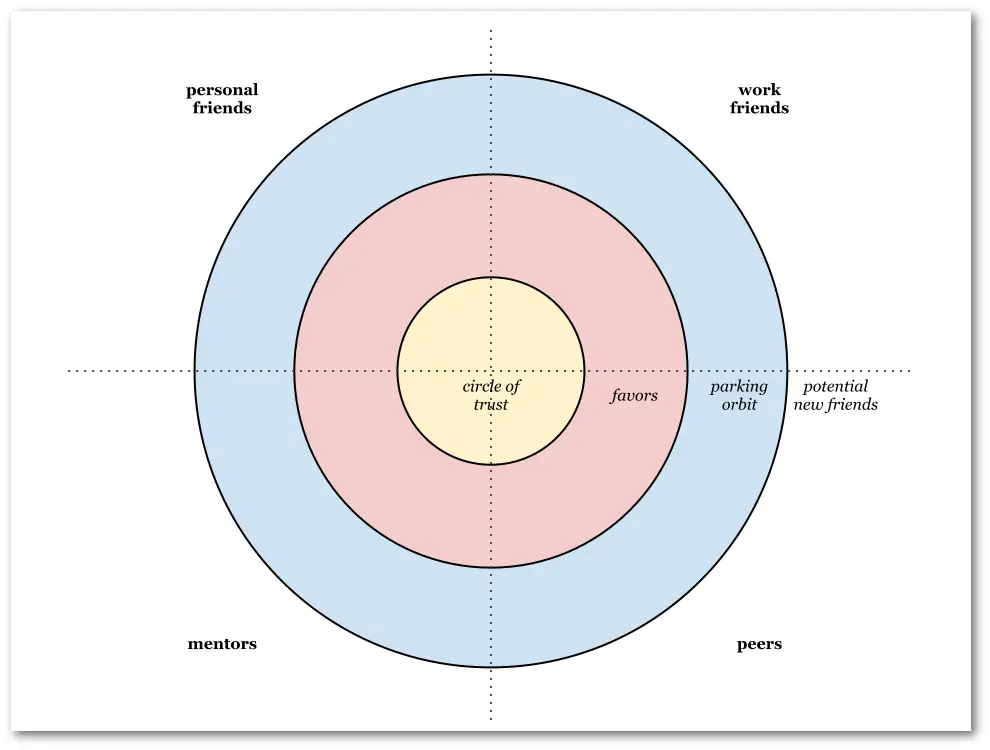 Leadership lessons on building relationships
Leadership lessons on building relationships
Successful leaders know who they can turn to for trusted conversations, and who they can ask for favors.
Throughout my leadership career, the most valuable lesson I learned was the value of relationships. In many organizations, relationships are what gets things done. Think about a time when your project seemed stuck, and you needed help to reach the finish line. As a manager or director, you likely had to call the manager of another work group or division to ask, “I’m having a problem working with X project. Can you help?” Or you might have asked, “I’m trying to do X, but I’m stuck. Can you help?” Sometimes, you might need to ask, “Looks like I’ve made a mistake here. Can you help me smooth things over?”
The key to these conversations is relationships. You know someone who can help, and you reach out to them. When you reach out for help - to work around a problem, to get something “unstuck,” or to fix a mistake - the people most likely to lend a hand are those with whom you already have a working relationship. If you have a relationship with that other person, they feel a connection and are more likely to help.
I find you can only ask these kinds of favors from people who already know you. You can’t really expect the same kind of help from someone you don’t know, or from people you just met. Consider if someone completely unknown to you asked, “I’m trying to work with another group, but their manager is stonewalling me. Can you help me work through that?” Most people would not be very motivated to offer support, or at least would not help to the same extent as they would for someone they know very well.
But which relationships can you rely on? Think about your own “social network,” consisting of work friends, peers, mentors, and personal connections. I like to envision this social network like a “bullseye” target, with the strongest connections nearest to the center.

The center circle is the circle of trust, containing those people with whom you have an extremely close relationship. You might ask any of these people for confidential advice, such as when you are looking for a new job. The next ring are those with whom you are familiar enough to ask for favors. If you need help getting a project “unstuck,” these might be the people you turn to first. The outer ring is a “parking orbit” of the people who are not very close to you, but with whom you are friendly. You might see them in the elevator or call them by name in the hallway, but otherwise you don’t interact with them very much. The people you don’t know are in an outer region I call “potential new friends.” You might only know these people by name, when other people mention them, but otherwise you haven’t met.
Successful leaders know who they can turn to for trusted conversations, and who they can ask for favors. Even in open organizations, these relationships are the most important in getting things done.
But how to build new relationships? Especially for those who exist as your potential new friends, how do you start a relationship with them? Consider the four steps of building relationships:
- Initiate
- Inquire
- Invest
- Inspire
Start by meeting a new person, and reaching out to them (Initiate). Look for connections by asking questions (Inquire) and getting to know the other person. Over time, as you become closer, you Invest time in your relationship. This builds bonds. Eventually, you may find you can use your relationship to Inspire the other person to do great things.
